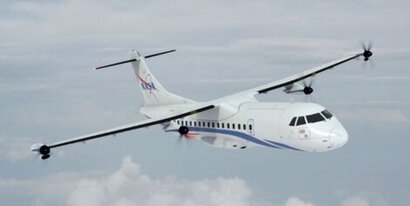
The report, Airport Electrification, analyses the global market for airport and vertiport infrastructures required for eVTOL and EA in three key segments: small/eVTOL aircraft, 7-20 passenger aircraft, and 21+ passenger aircraft. It also offers estimates by industry charging standard. The study provides an analysis of the market issues, including business cases, opportunities, and implementation challenges, associated with airport infrastructure. Global market estimates for capacity and revenue, broken out by aircraft size segments, extend through 2035.
Airlines want to reduce their largest operating expense, fuel, and still provide safe and efficient flights that reduce CO2 emissions. EA are expected to enter service in the aviation market in approximately 2024, with thousands of these aircraft in service by 2035. However, the proper charging infrastructure is needed to accommodate this growing demand. According to a new report from Guidehouse Insights, charging facilities revenue for the electric aircraft market will exceed $5.6 billion by 2035.
“With multiple companies working to bring EA to market, the charging network needs to be in place long before the exponential growth of EA air service begins” said Christian Albertson, senior research analyst with Guidehouse Insights. “Charger developers need to determine how best to install equipment at airports and vertiports and integrate power demands with grid capacities.”
According to the report, the progression of EA into new aircraft segments and applications is, however, expected to be a significant hurdle. Other challenges include the standardisation of charging technology, charging facility locations and spatial engineering, scaling electrical capacity at airports, and installation costs.
For additional information:

